While many lust over exotic carbon fibre upgrades, high-quality aluminium wheelsets can often feel like a forgotten product category.
However, to me, that doesn’t seem reflective of the general cycling populace.
Many riders can be seen sporting carbon wheels on a typical weekend ride, but my observation is that the vast majority are still perfectly happy to stick with alloy offerings.
This spurred our decision to run the rule over the latest alloy wheelsets in the £500 ballpark in 2024.
We wanted to understand just how much ‘performance’ you get for the money, uncover the relative positives and negatives of choosing alloy, and ascertain where the traditional bang-for-buck needle might now point.
Spoiler alert: alloy wheelsets are still very much worthy of attention and offer compelling performance.
In fact, I’d argue wheelset brands would be well-advised to divert more of their energy into developing their alloy offerings, rather than appearing to focus almost all development resources on carbon.
Yes, you can have an aerodynamic alloy wheelset
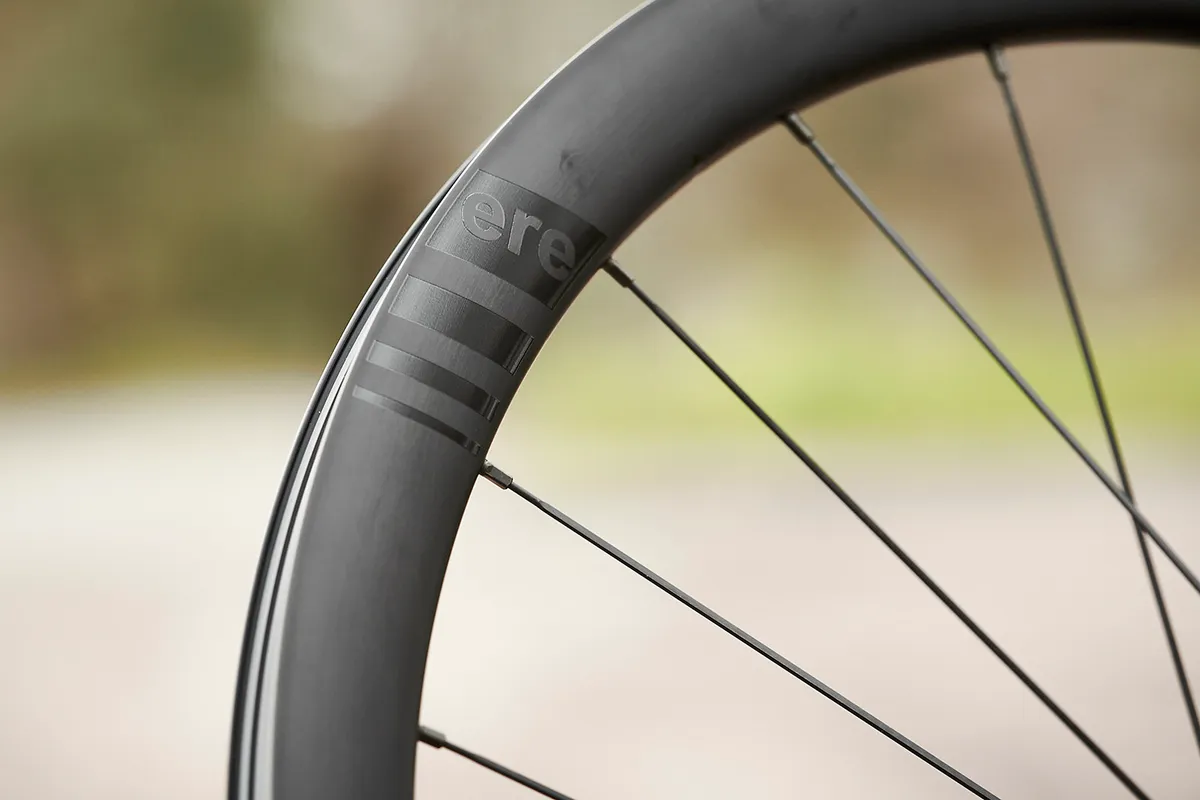
Carbon fibre has often been seen as the keyholder for improved aerodynamic performance.
In many ways, this is true – a carbon rim can be produced at a lighter weight for a given rim depth and width, without the same strength concerns that might afflict an alloy rim (if it were to hit similar weight targets).
Hence, it’s rare to see a deeper-section alloy rim, simply because the aerodynamics-to-weight ratio doesn’t always stack up.
However, the 40mm-deep rims of Ere Research’s Explorator GCR40 wheelset proves wind-cheating performance needn’t come in the form of carbon.
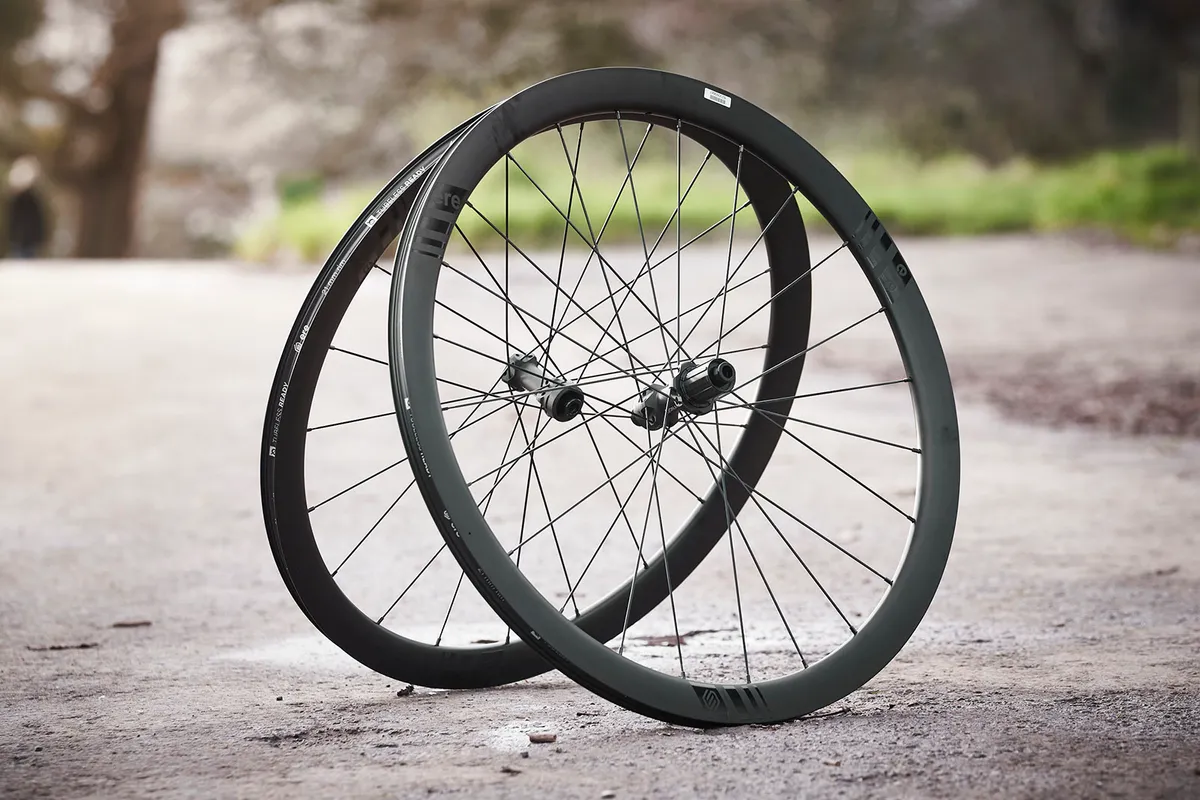
At 1,893g (with tubeless rim tape), there is a weight penalty versus an equivalent carbon wheelset, which, generally speaking, may weigh upwards of 250g less.
On the flipside, though, they’re substantially cheaper than most carbon wheelsets at just £499 / €499.
On flat and steadily rolling roads, the subjective performance difference between this and my usual reference carbon wheelsets (a 40mm-deep Reynolds ATRx and 54mm-deep Hunt Aerodynamicist Carbon Disc wheelset) was very small.
Of course, when the road is steep, the Ere Research wheelset feels a little less lively (especially when pushing out of the saddle), but the weight difference itself is unlikely to be hobbling my speed to a great degree.
It’s worth bearing in mind that the Explorator GCR40 measures 24.5mm wide externally. Many carbon wheelsets tend to arc wider and use more material without such a steep weight penalty, ostensibly to smooth the airflow off wider tyres. However, the noticeable differences are slight.
Ride quality isn’t only down to rim material
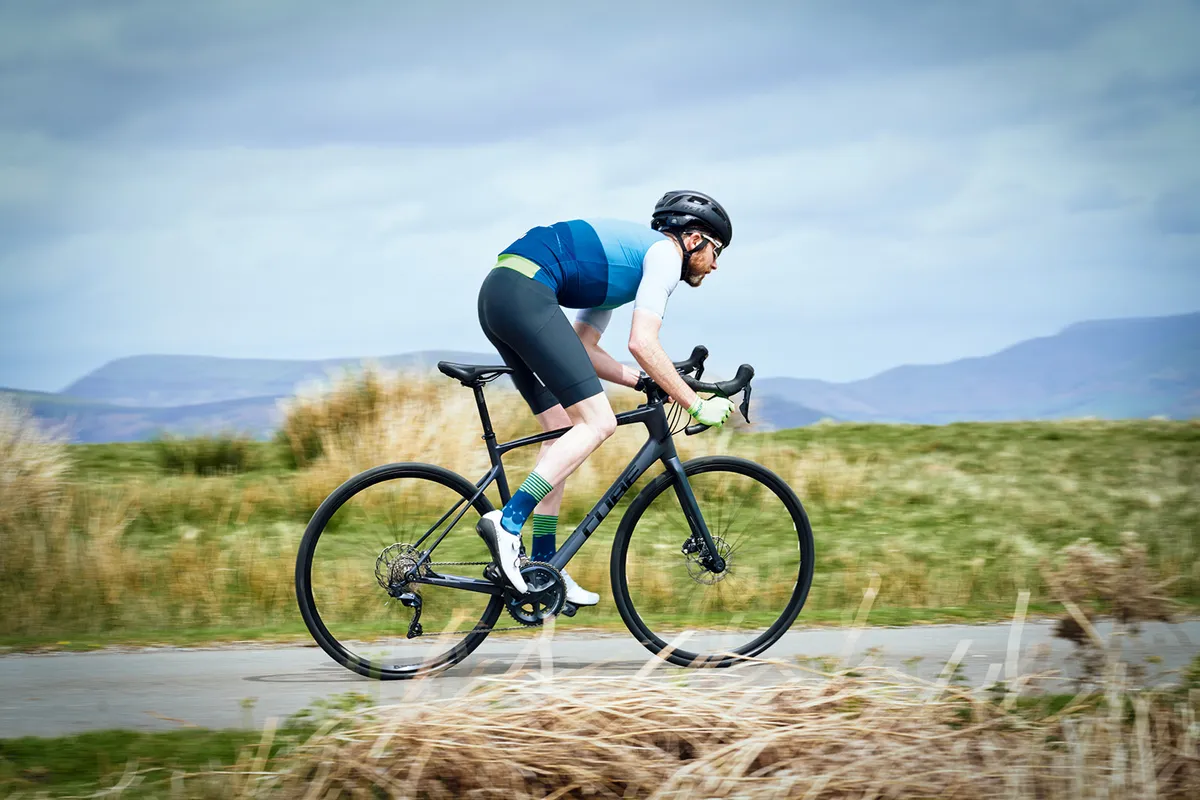
Until I carried out this test, I was under the impression that compared to alloy, carbon offered clear advantages in compliance and ‘ride quality’.
Indeed, lots of my friends who have taken the plunge for a carbon wheelset upgrade report that the ride is “much better”. Now, though, I’m not so sure.
Given my experiences testing many alloy wheelsets, I’m convinced that the rim material itself isn’t the chief cause of the perceived sense of smoothness many ascribe to a carbon wheelset.
After all, the majority of carbon wheelsets (within a realistic price range for lots of riders) are built using alloy hubs and alloy spokes, laced to alloy nipples – many of which are housed in holes that have been drilled.
Given the smooth, polished ride experience I encountered from the likes of the DT Swiss AR1600 Spline, Hunt Aero Wide 34 Disc SL and aforementioned Ere Research wheelsets, there must be something else to it.
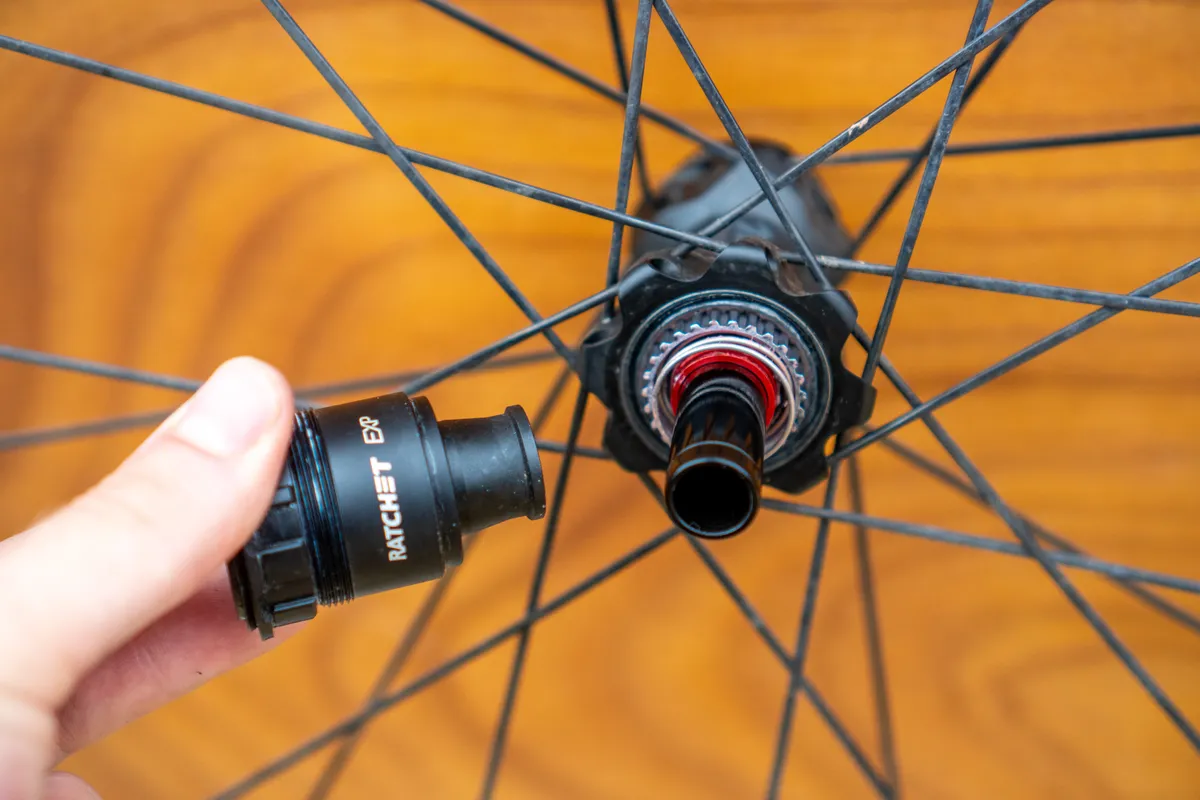
I suspect there are a number of factors at play here, most of which are difficult to isolate. The interaction between the collection of parts, for example, will certainly have a bearing, as will the design and quality of the isolated components (for example, hubset designs) and manufacturing tolerances.
The three example wheelsets are all subtly different and it's conceivable that differing grades of alloy are influencing things.
Just as with carbon fibre, not all aluminium rims are created equally, after all. There’s a difference between lightweight, premium alloy rims and heavier, cheaper ones.
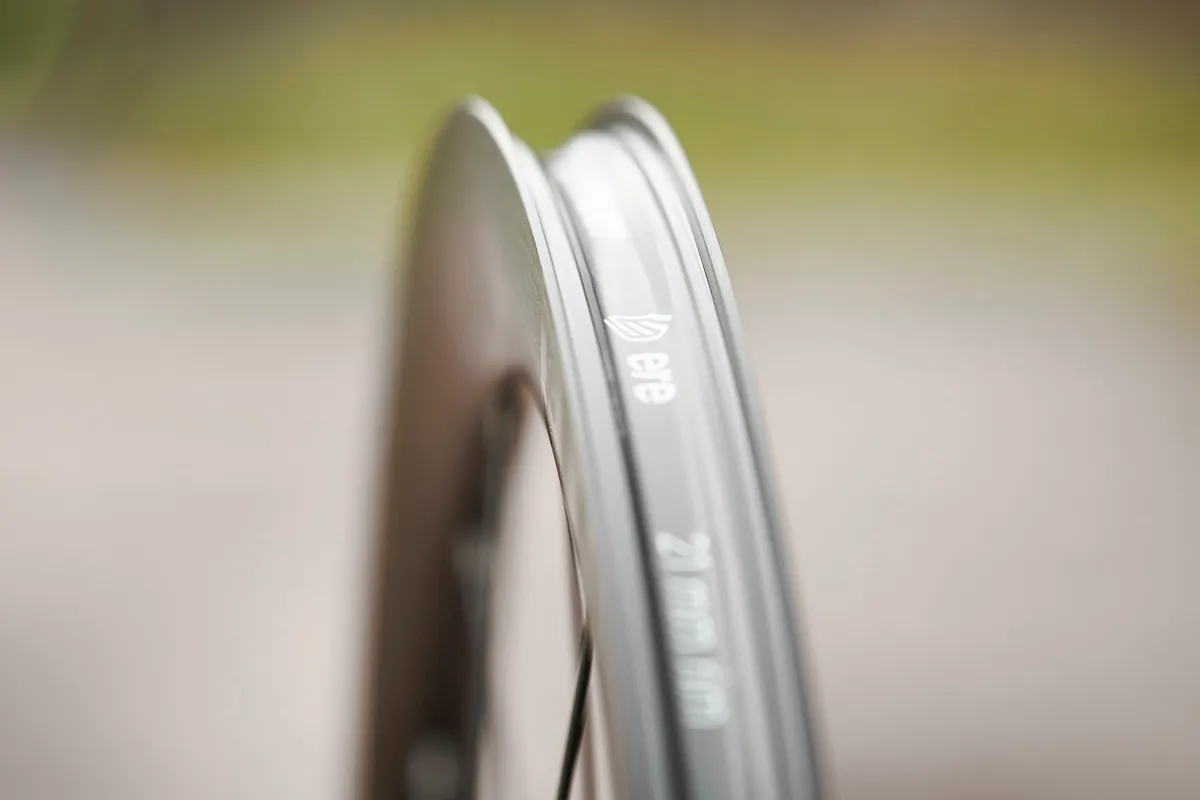
That said, a key measurable feature is the rim width. All things being equal, wider internal rims will inflate a given tyre size more broadly compared to narrower ones.
In turn, this means you can often run slightly lower tyre pressures, which have a noticeable impact on ride smoothness. This has an impact on the tyre’s contact patch profile, too, which can also confer benefits to grip and rolling resistance.
Historically, though, the internal width of alloy rims has lagged behind that of carbon ones – effectively giving riders narrower tyres, as already noted, and potentially a harsher ride quality to boot.
Modern alloy rims are beginning to catch up with their carbon siblings, in this regard, however.
Perhaps this broad discussion deserves its own space – but suffice to say, it’s worth remembering that the rim material is only one part of a wheelset’s design. It's very unlikely to be the sole performance-enhancing feature.
A reminder: alloy isn’t just for winter

The old adage goes something like this: keep your expensive carbon wheels for dry, warm days – plonk on the cheap ‘bombproof’ alloy hoops when the heavens open.
It’s understandable that when wheelsets and their components are considered consumable parts and subject to wear, many will want to protect their costlier investments.
But, on the power of my testing, I’d be happy to rely ‘only’ on alloy wheelsets all-year round, such was the performance I saw from the £500 price bracket.
Of course, times have changed since this ageing diktat first established itself – back then, rim brakes were de rigueur, with typically poor braking performance seen from carbon rims in the wet.

Given also that riders didn’t want road grime and grit irretrievably eroding away their expensive carbon rims, alloy was seen by default as a more practical option.
I think this has led to unwarranted and enduring links between ‘cheaper' alloy wheelsets being used for winter, while carbon continues to be seen as a premium option reserved for your best riding – despite the fact that the rise of disc brakes largely puts the old brake-led reasoning to bed.
It’s absolutely fine if you want to have a carbon wheelset for summer and an alloy wheelset for winter, should you have the budget. Wind conditions in winter are usually more challenging, for example – but those who don’t, or can’t, shouldn’t feel like they’re missing out on much.
It’s worth pointing out that I rode the Étape du Tour in 2016 on a Cannondale Supersix Evo Hi-Mod with a Mavic alloy wheelset and had little to complain about. I'm strongly considering whether I’ll also opt for alloy when I take on the Marmotte Alpes sportive later this year.
Cheaper doesn’t always mean slower

Usually, an alloy wheelset is cheaper than a carbon wheelset.
Ignoring OEM-style / entry-level wheelsets, you can be expected to pay anywhere between £200 and £800 for an alloy upgrade.
The carbon price range is far wider and more expensive – anywhere from £600 into the several thousands.
It’s human nature to link the concept of speed or ‘premium’ with expense, given the commodified nature of society, while brands perpetuate this notion.
Of course, there is no smoke without fire, and wheel manufacturers often wisely seek to supply evidence that more expensive wheelsets are ‘better’ than competitors.

Zooming out a little, though, the speed benefits typically associated with deep-section carbon rims over traditionally shaped alloy ones can be significant (as our best value aero upgrades wind tunnel test showed), but they don’t come cheap.
As my testing has shown me through average ride speeds and segment times, an aerodynamically optimised alloy wheelset will offer a substantial improvement over OEM or entry-level wheels.
Unless you’re either especially fast or in need of every advantage, the gain for spending far more on a carbon wheelset likely won’t be big unless you opt for some seriously deep rims. You may have handling issues to consider too.
Hunt claims its own wind-tunnel tests show its 34 Aero Wide Disc wheelset is more aerodynamic than Zipp's now discontinued 202 NSW carbon wheelset, for example, despite the Zipps being significantly more expensive.
More than the sum of its parts

It’s very easy to get hung up on things such as weights, rim depths and widths when looking for the best road bike wheels. Some of us have favourite forms of tech – the debate of whether a ratchet freehub design is better than a pawl-based system, for example, is popular in the BikeRadar office.
Relative price is also a factor for almost anyone, but it has struck me – having now tested the DT Swiss AR1600 Spline and ER1400 Dicut alloy wheelsets over the past six months, that a wheelset’s individual components might not be the be-all-and-end-all.
DT Swiss is different from other brands here – it’s the only ‘big’ wheelset brand that designs and manufactures all of its wheelsets’ main parts.
This is compared to most other brands, which will buy in bits from manufacturers, then have them assembled to a design.
There are plenty of examples where this customer model is performed very well, but the polished ride experience I’ve had from the two DT Swiss wheelsets suggests there might be some benefit to keeping as much of the product’s design, development and manufacture as ‘in-house’ as possible.
Of course, a whole raft of factors come into play here, while no brand has a spotless reliability record.
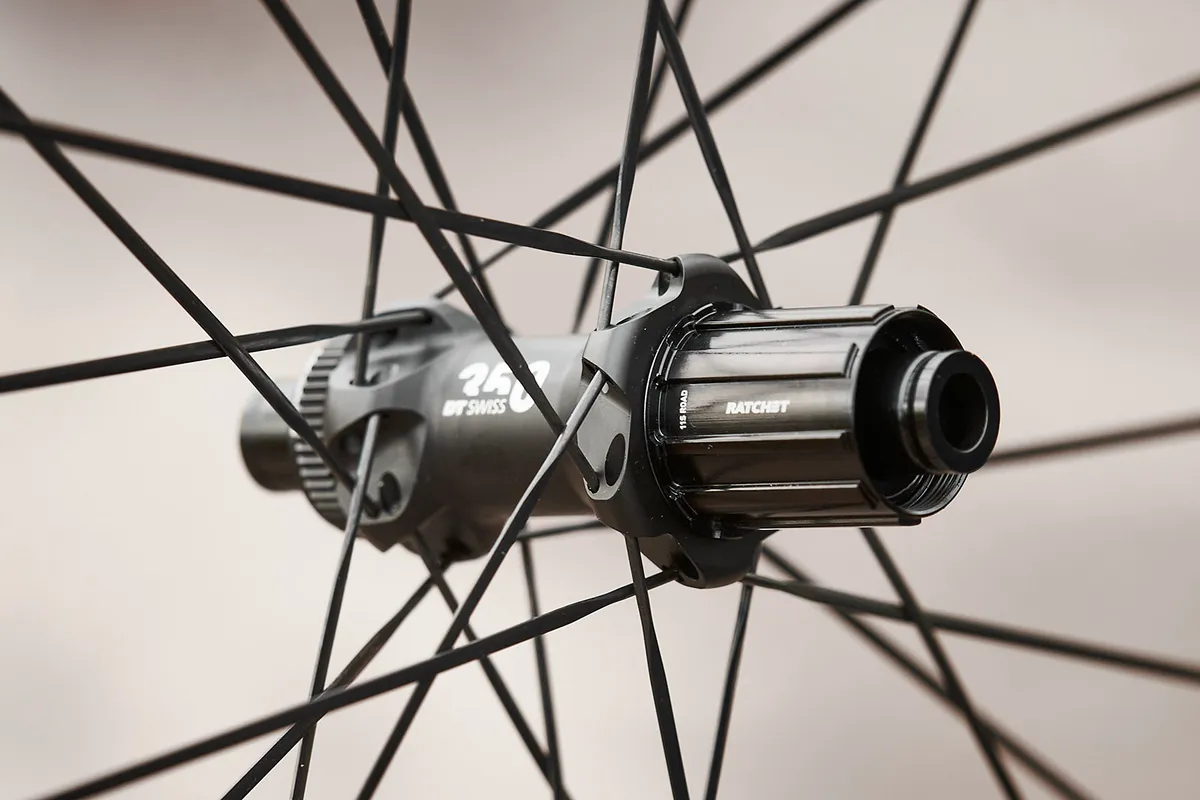
Nevertheless, it seems logical that there may be a noticeable but hard to quantify benefit to opting for a wheelset that’s either been built using in-house componentry – or, at the very least – one that’s been designed and assembled with attention to detail.
For example, I remarked how neatly applied the tubeless rim tape was in these wheels, with holes for the valves cut perfectly in line with the rim’s valve holes. The valves slotted in with relative ease too, while tubeless setups were among the easiest I've experienced (all things being equal).
I enjoyed the polished ride quality these wheels offered too – free of any unwanted creaks and rattles.
While I’m short of being certain, I suspect clever integration of components goes a fair way to improving overall wheelset performance.
Where should brands focus their R&D attention?

These reflections lead me to ask the question: are brands wise to focus so much on the development of carbon wheelset technology, seemingly at the expense of alloy hoops?
On the one hand, it’s understandable that carbon is a compelling interest: the material offers a little more flexibility in terms of design and some measurable, if not always large, performance benefits.
Carbon wheelsets generally command higher prices than alloy ones too, which may offers brands larger profit margins.
The upgrade market is also tempting: the commercial imperative to ‘keep selling’ and improve the bottom line is obvious – and upselling customers to more expensive carbon wheelsets certainly has a role to play here.
That said, by focusing so much time and effort on the development and marketing of carbon wheelsets, I wonder if brands are missing a trick by under-servicing the alloy wheelset market.
This is in the context of bike and component prices sneaking ever upwards, as well as an ongoing cost of living crisis.
Instead, I suspect there might be a somewhat dormant market waiting for brands to push the envelope of alloy wheelset design again – offering improved performance and more modern designs than we see today for less cost to the consumer.
Judging from my own experience and countless club ride meet-ups, there are thousands of riders who would be better served by the value-driven performance alloy wheelsets can offer.
There are good options available today, but I think there’s definitely room for improvement.
